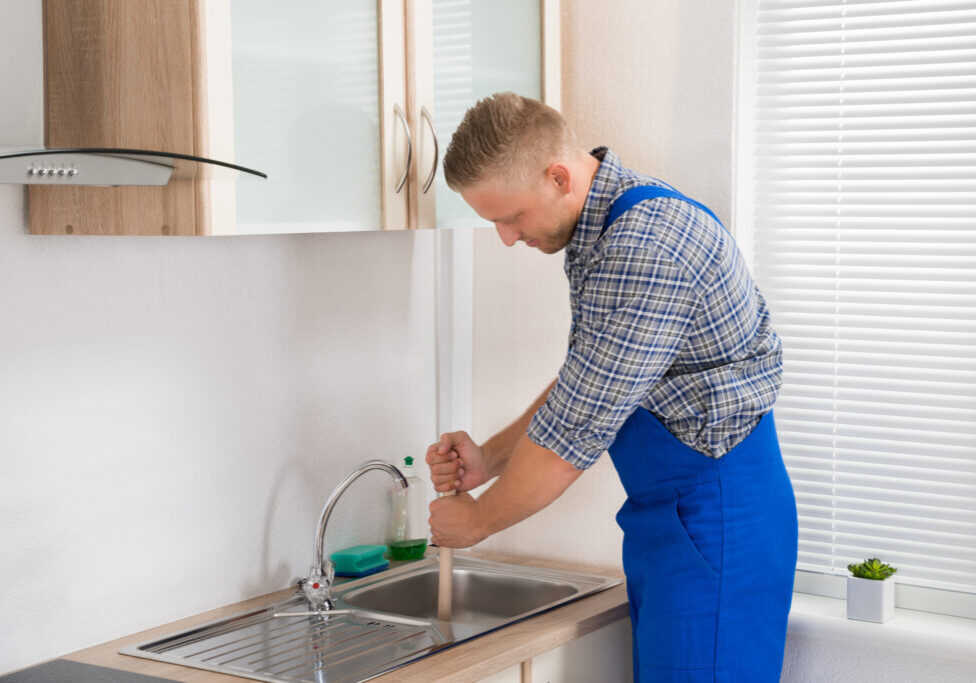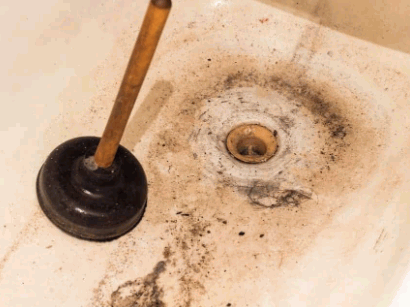Efficient Plungers and Drain Cleaner Methods: Key Practices
Efficient Plungers and Drain Cleaner Methods: Key Practices
Blog Article
Just how do you actually feel in relation to How To Use Your Toilet Plunger Correctly in 5 Easy Steps?

Intro
Correct maintenance of home drains is necessary for stopping blockages and ensuring smooth water flow. One of the secret tools in every homeowner's toolkit is the bettor, together with numerous drain cleansers designed to take on persistent blockages successfully. This write-up checks out just how to use bettors and drain cleaners properly to keep your drains pipes streaming freely.
Section 1: Recognizing Bettors
Kinds of Plungers
There are several kinds of plungers offered, each developed for different types of drains pipes and obstructs. The most typical types consist of mug plungers, flange bettors, and accordion bettors.
Exactly How Plungers Job
Bettors work with the concept of producing pressure and suction to remove clogs. When correctly used over a drainpipe, they produce a vacuum cleaner that can pull out particles or break up obstructions.
Picking the Right Plunger
Picking the best bettor relies on the type of drainpipe and the nature of the clog. Mug bettors are optimal for sinks and bathtubs, while flange plungers are much better matched for commodes due to their style.
Common Blunders with Plungers
Avoiding these mistakes guarantees reliable plunging: inappropriate seal around the drain, not enough pressure, and not clearing surrounding particles.
Area 2: Using Plungers Efficiently
Preparation
Before plunging, make certain the bettor covers the drain totally and creates a tight seal. Clear any type of noticeable particles around the drainpipe opening.
Method
Begin with mild plunging activities to build suction. Increase stress progressively, using a consistent rhythm. Repeat as required up until the drainpipe removes.
Troubleshooting Tips
If plunging does not function, try changing the seal, applying petroleum jelly for a much better seal, or using a various kind of plunger.
Section 3: Understanding Drain Cleaning Company
Types of Drainpipe Cleaning Company
Drain cleansers can be chemical or chemical. Chemical cleansers use strong chemicals to dissolve clogs, while enzymatic cleansers use all-natural enzymes to break down organic matter.
Just How Drainpipe Cleansers Job
Chemical cleaners react with blockages to dissolve them, while chemical cleaners break down natural products like hair and oil without hurting pipelines.
Safety Factors to consider
Always put on gloves and eye protection when making use of chemical drain cleansers. Guarantee ample ventilation and comply with producer instructions very carefully.
Eco-Friendly Alternatives
Take into consideration using vinegar and cooking soda or enzyme-based cleansers for green alternatives that are more secure for pipes and the setting.
Section 4: Making Use Of Drainpipe Cleaners Effectively
Application Methods
Pour chemical cleansers straight into the drainpipe opening. Enable them to benefit the advised time before flushing with hot water. Enzymatic cleansers ought to sit overnight.
Precautions
Stay clear of blending various types of cleansers, as this can produce hazardous fumes. Never ever make use of chemical cleansers together with a plunger, as splashing can occur.
Taking Care Of Stubborn Blockages
For relentless clogs, think about making use of a pipes serpent or calling an expert plumbing professional to avoid damages to pipelines.
Final thought
Finally, comprehending just how to utilize bettors and drain cleaners effectively is necessary for preserving healthy plumbing systems. By picking the right tools and techniques, house owners can tackle minor blockages and prevent significant pipes issues down the line.
4 DIY Ways to Unclog Drains
Wire Hanger
This age-old technique has been used by many an amateur plumber – to much success. Take any wire hanger, deconstruct its shape and leave a small hook shape on the end. Time to go fishing! Remove the shower or sink drain cover and snake the wire into the drain, wiggling and rotating it as you push it through. Dispose of the gunk that you remove and flush the drain with hot water. Rinse with a pan of boiling water for best results.
Plunger
Creating a suction in your drain can break up clogs caused by hair and soap residue build up. First, make sure you are using the correct type of plunger, one specifically for sinks or tubs. They are typically smaller than regular toilet plungers and often have a shallow suction cup. Regular plungers can work too but we’d recommend cleaning them first and finding a way to create better suction over the drain.
Baking Soda and Vinegar
This technique is a classic – and one of the most popular DIY drain unclog methods. Pour one cup of baking soda and one cup of vinegar down the drain and allow it to work its magic overnight. The next morning, flush the drain with boiling water. Repeat if necessary.
Drain Snake/Hair Clog Tool
If you know your clog is caused primary by hair, a drain snake/hair clog tool might be your best option. These tools can be purchased for under $10 at any hardware store and work well so long as the clog isn’t too deep in the drain.
https://www.callcatons.com/blog/four-diy-ways-to-unclog-drains/

Application Methods
Pour chemical cleansers straight into the drainpipe opening. Enable them to benefit the advised time before flushing with hot water. Enzymatic cleansers ought to sit overnight.
Precautions
Stay clear of blending various types of cleansers, as this can produce hazardous fumes. Never ever make use of chemical cleansers together with a plunger, as splashing can occur.
Taking Care Of Stubborn Blockages
For relentless clogs, think about making use of a pipes serpent or calling an expert plumbing professional to avoid damages to pipelines.
Final thought
Finally, comprehending just how to utilize bettors and drain cleaners effectively is necessary for preserving healthy plumbing systems. By picking the right tools and techniques, house owners can tackle minor blockages and prevent significant pipes issues down the line.
4 DIY Ways to Unclog Drains
Wire Hanger
This age-old technique has been used by many an amateur plumber – to much success. Take any wire hanger, deconstruct its shape and leave a small hook shape on the end. Time to go fishing! Remove the shower or sink drain cover and snake the wire into the drain, wiggling and rotating it as you push it through. Dispose of the gunk that you remove and flush the drain with hot water. Rinse with a pan of boiling water for best results.
Plunger
Creating a suction in your drain can break up clogs caused by hair and soap residue build up. First, make sure you are using the correct type of plunger, one specifically for sinks or tubs. They are typically smaller than regular toilet plungers and often have a shallow suction cup. Regular plungers can work too but we’d recommend cleaning them first and finding a way to create better suction over the drain.
Baking Soda and Vinegar
This technique is a classic – and one of the most popular DIY drain unclog methods. Pour one cup of baking soda and one cup of vinegar down the drain and allow it to work its magic overnight. The next morning, flush the drain with boiling water. Repeat if necessary.
Drain Snake/Hair Clog Tool
If you know your clog is caused primary by hair, a drain snake/hair clog tool might be your best option. These tools can be purchased for under $10 at any hardware store and work well so long as the clog isn’t too deep in the drain.
https://www.callcatons.com/blog/four-diy-ways-to-unclog-drains/

As a devoted person who reads about How to Use a Plunger to Unclog a Toilet or Drain, I assumed sharing that piece of content was really helpful. Sharing is caring. Helping others is fun. Thank you for being here. Revisit us soon.
Browse Our Site Report this page